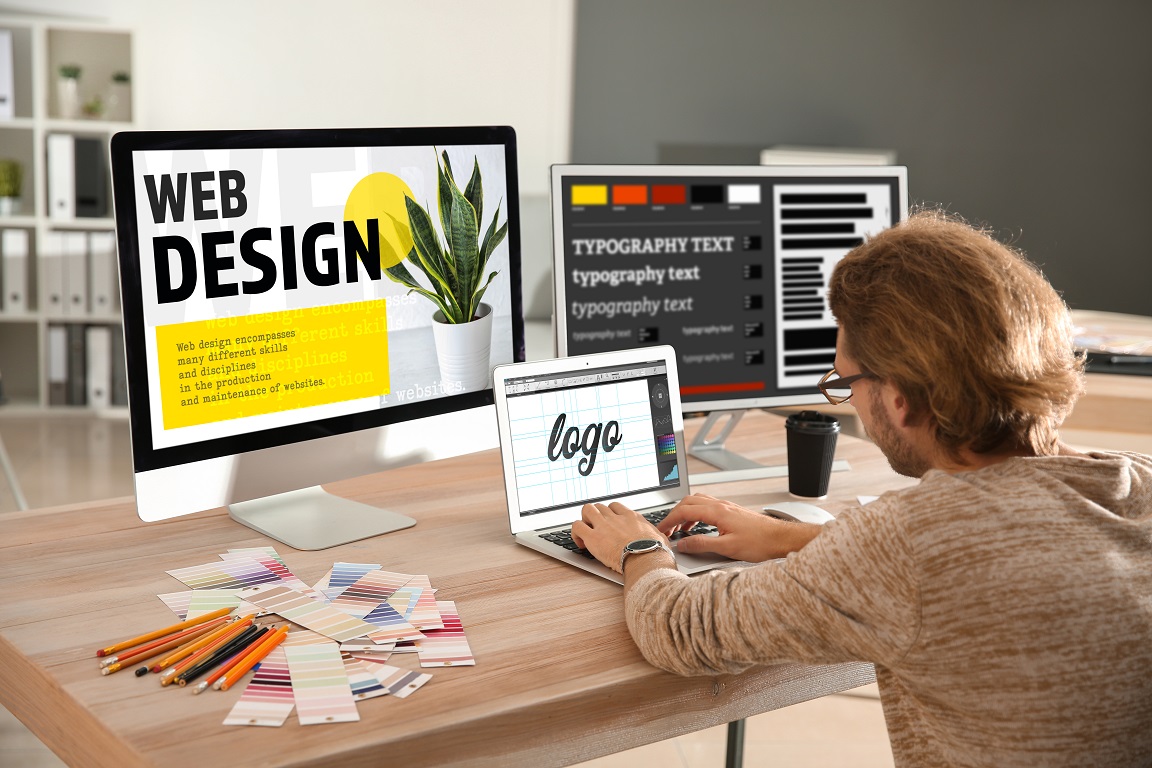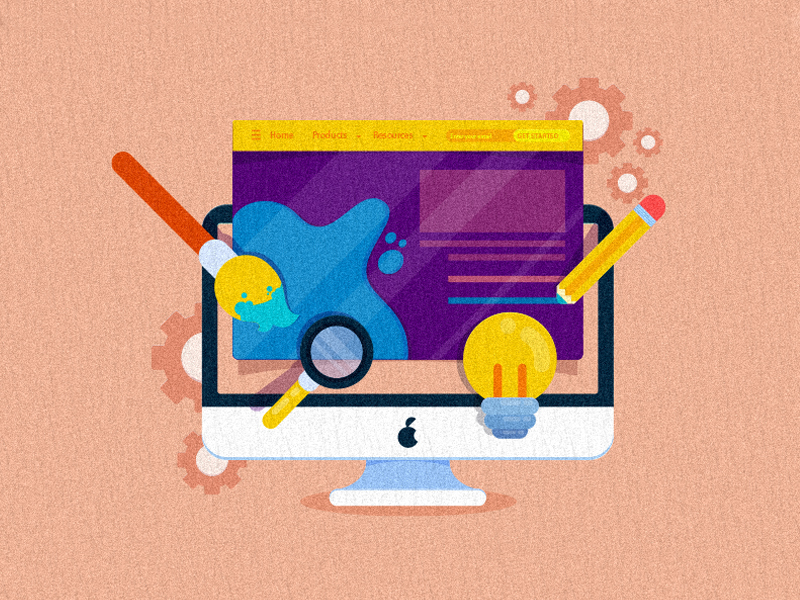Aligned Position Web Design: Stunning Websites Designed for Seamless User Experience
Aligned Position Web Design: Stunning Websites Designed for Seamless User Experience
Blog Article
The Very Best Kinds Of Web Style to Enhance User Experience and Involvement
In the ever-evolving landscape of digital communication, the performance of Web layout dramatically influences individual experience and involvement. Different style techniques, such as minimal, receptive, and interactive designs, each offer special advantages that can cater to diverse user demands.
Minimal Web Layout
As electronic landscapes end up being progressively cluttered, minimalist website design has actually become an effective approach to enhancing user experience. This layout ideology focuses on simplicity, concentrating on essential elements while removing unneeded diversions. By using adequate white area, straightforward navigation, and a minimal shade palette, minimal style fosters clarity and routes user attention to key web content.
The core concept of minimalist website design is to produce a seamless interaction for customers. By minimizing cognitive load, customers can quickly realize info without feeling bewildered. This direct strategy not just enhances usability yet likewise encourages interaction, as visitors are more most likely to check out a website that is visually enticing and easy to navigate.
In addition, minimal style commonly highlights typography and images, utilizing these components strategically to share messages efficiently. This concentrate on vital elements can enhance brand identification and create a remarkable individual experience. In significance, minimalist website design is not just a pattern; it is a thoughtful method that recognizes the significance of user-centered design. By removing peripheral aspects, designers can create an extra interesting, effective, and delightful Web experience for all individuals.
Receptive Web Style
In today's varied digital atmosphere, responsive Web style has actually come to be necessary for developing a seamless user experience across a multitude of devices. As users gain access to web sites on mobile phones, desktop computers, tablet computers, and laptops, the capability of an internet site to adjust its format and content to different display dimensions and resolutions is vital.
Responsive website design uses adaptable grids, images, and CSS media questions to make certain that Web content is provided efficiently, no matter of the tool utilized. This method not only enhances the visual appeal of an internet site but likewise significantly enhances use. Individuals are more most likely to engage with a site that uses a regular experience, as it eliminates the frustration of needing to zoom in or scroll exceedingly.
By adopting receptive style, organizations can boost their visibility and reach a more comprehensive audience. In summary, receptive Web design is a basic technique that improves customer experience, involvement, and overall satisfaction.
Interactive Web Style
Receptive website design prepares for improving user experience, however interactive website design takes this a step even more by engaging customers in an extra dynamic way - Aligned Position Web Design. By integrating components such as computer animations, clickable prototypes, and real-time comments, interactive Web layout captivates customers, attracting them right into a richer surfing experience
This strategy not only fosters interaction but likewise encourages customers to check out material proactively as opposed to passively eating it. Techniques such as gamification, This Site where individuals earn incentives for finishing tasks, can considerably enhance the time invested in a site and improve overall complete satisfaction. Furthermore, interactive attributes can streamline complicated details, making it more digestible and pleasurable.

Integrating interactive design components can also result in greater conversion rates, as customers are most likely to involve with a website that proactively entails them. Aligned Position Web Design. Inevitably, interactive Web style changes user experiences right into unforgettable journeys, making certain that visitors return time after time
Apartment Design
Characterized by its minimalistic approach, flat design stresses simplicity and performance, removing away unneeded elements and concentrating on crucial attributes. This layout ideology prioritizes use, making certain that individuals can browse interfaces easily and efficiency. By employing a tidy aesthetic, flat design eliminates the clutter typically found in much more luxuriant designs, therefore improving user concentrate on content and performance.
The hallmark of level style exists in its use vibrant colors, simple typography, and geometric shapes. These components add to a visually enticing interface that is both contemporary and friendly. In addition, level design promotes a sense of clearness, permitting users to recognize essential activities and info without diversion.
Additionally, flat design is particularly effective in responsive Web style, as its simplicity converts well across various devices and screen dimensions. By concentrating on necessary click over here now functions, flat style not just meets user requirements yet additionally urges smooth interaction, making it a crucial component of efficient Web design approaches.
Adaptive Website Design
Flexible website design personalizes the customer experience by producing multiple repaired designs tailored to various screen dimensions and tools. Unlike receptive layout, which fluidly readjusts a solitary design, flexible design employs distinct layouts for specific breakpoints, ensuring optimal discussion on numerous platforms. This strategy permits developers to concentrate on the unique features of each device, enhancing functionality by providing specifically what customers require based upon their context.
One of the main advantages of flexible website design is its ability to enhance tons times and efficiency. By serving customized web content and pictures that fit the individual's gadget, sites can reduce information usage and boost loading rates. This is specifically advantageous for customers with slower connections or restricted data plans.

Additionally, flexible style promotes an extra regular and regulated branding experience. Since developers produce several layouts, they can make certain that the visual aspects line up with the brand's identification across various systems - Aligned Position Web Design. This causes a natural individual experience, boosting interaction and promoting individual retention
Conclusion
To conclude, the combination of minimalist, receptive, and interactive Web style principles significantly enhances individual experience and involvement. Minimalist design fosters clearness and emphasis, while receptive design guarantees flexibility throughout numerous devices, advertising availability. Interactive design astounds customers through vibrant components, encouraging expedition and personalization. Jointly, these style approaches add to the creation of straightforward atmospheres that not just enhance complete satisfaction but additionally drive greater conversion rates, underscoring their essential importance in contemporary website design techniques.

Minimal design cultivates quality and focus, while responsive layout makes certain adaptability throughout numerous tools, advertising accessibility. Collectively, these style comes close to add to the development of easy to use environments that not only improve fulfillment yet likewise drive higher conversion rates, underscoring their vital significance in contemporary Web layout strategies.
Report this page